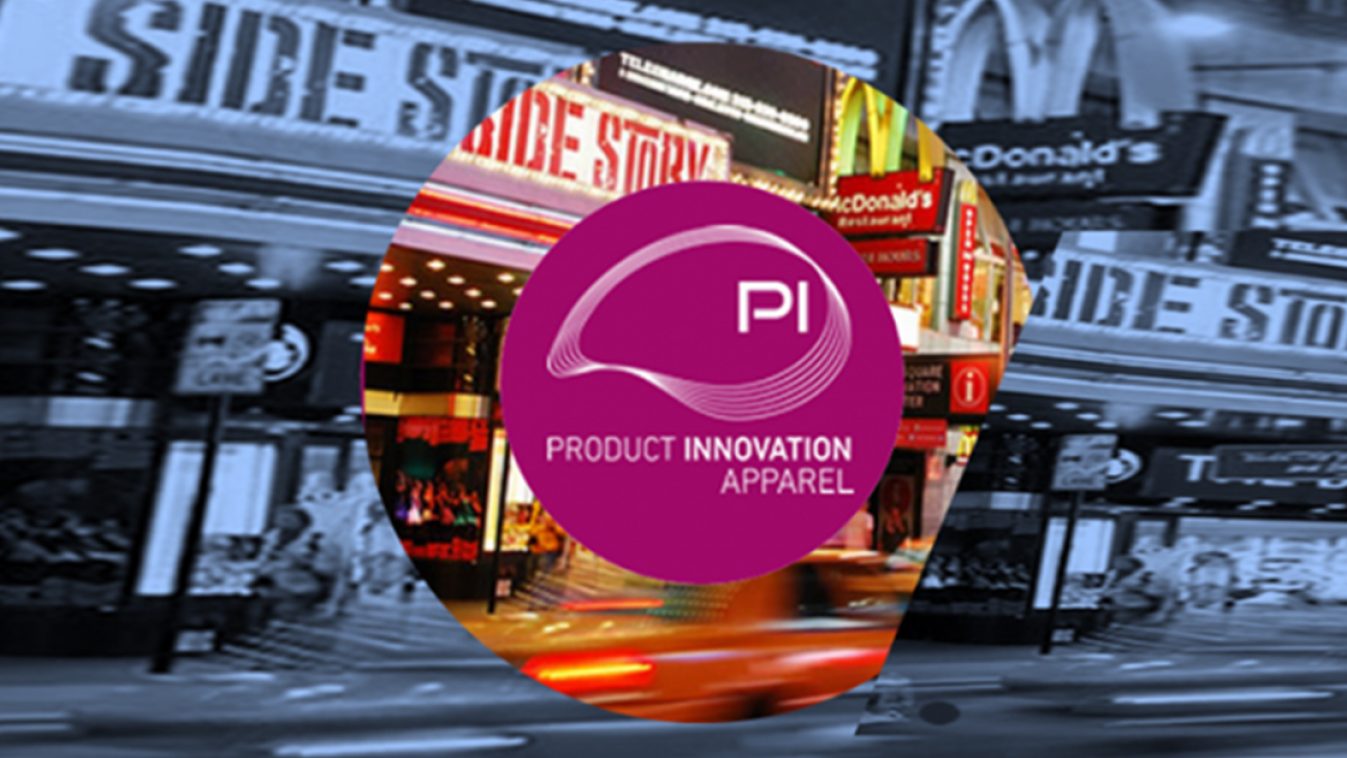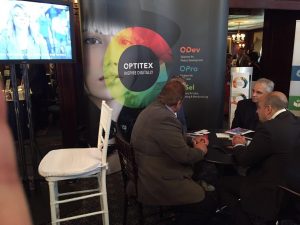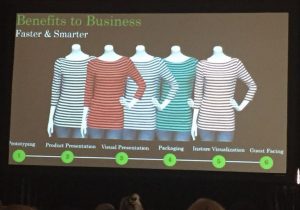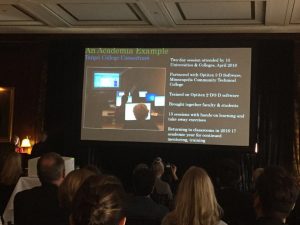PI 2016: 3D Disrupting Apparel

Today in the apparel industry, there are constant opportunities and advancements to innovate and make better product, and it all necessitates a need for 3D.
 We recently returned from PI Apparel in New York, and had a great time hearing from leading brands and retailers on how 3D and other technologies are driving them to be innovative and creative. Brands such as Under Armour and Target shared insights on how they’ve adopted the technology to stay ahead and create better product.
We recently returned from PI Apparel in New York, and had a great time hearing from leading brands and retailers on how 3D and other technologies are driving them to be innovative and creative. Brands such as Under Armour and Target shared insights on how they’ve adopted the technology to stay ahead and create better product.

One way Under Armour is driving innovation is through their recently launched Lighthouse project, an epicenter for process and innovation to connect designers and manufacturers and advance the creation of product using 3D design, body scanning, 3D printing and prototyping.
“Under Armour’s brand mission is to make all athletes better through passion, design, and the pursuit of innovation,” says Lisa Struble, Vice President, Apparel Development & Quality. “3D is an innovation that really allows us to push that forward, and to empower our teams to make the best product possible.”

In a special presentation, Under Armour shared about how they are using 3D to make faster decisions and better products. By redesigning an entire collection at the last minute, they did not have enough samples to before a FW15 sales meeting. With 3D technology, in a matter of weeks, they produced hundreds of digital samples in various styles and colorways, and reduced their product development time by 50%.

As we can see, 3D has the potential to disrupt and transform the fashion industry, but if there is no one to facilitate and push the conversation forward, nothing will happen. In a session entitled “A 3D Call to Action,” Target empowered the audience to get on board 3D to bring change,be faster, and more sustainable. Using 3D technology to create digital samples instead of physical samples not only reduces the amount of water and fabric needed, but also the amount of time to see product and make decisions.

Target also spoke about the benefits of 3D and advanced technology that allows them to stay ahead. By using digital prototyping, they create a 3D digital asset that can be used in different business areas to make faster decisions and improve the consumer’s shopping experience. By using a 3D digital asset, Target can leverage true-to-life 3D images for marketing and e-commerce to get earlier product development insights.
Young designers are the future of the fashion industry, and it all starts with a good education. Target also spoke about the importance of working together with academic institutions to inspires the designers of tomorrow – the students. Target and Optitex are working together to encourage universities to adopt technology and allow their students to thrive from real-world experience and industry skills. In a special two-day session in April, Target and Optitex held the first educational consortium for students, including training sessions and hands-on learning to empower the students to become the best future employees.

Optitex CEO Asaf Landau also participated in a panel discussion on the impact 3D has on the fashion sector to achieve faster time to market and make better products. We look forward to next year’s event!

 English
English  French
French  Italian
Italian  Spanish
Spanish 